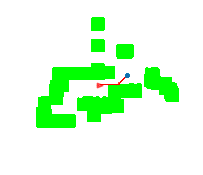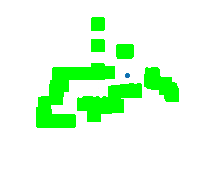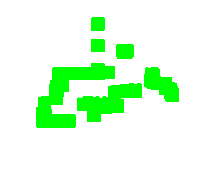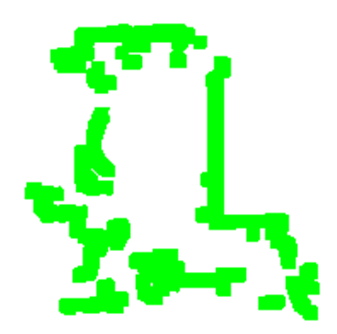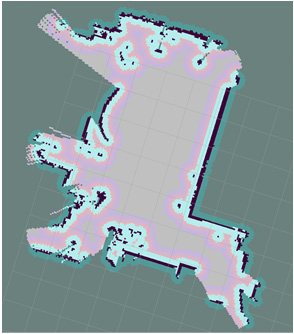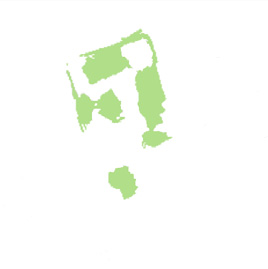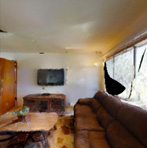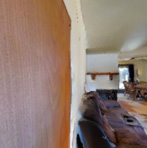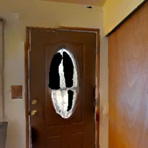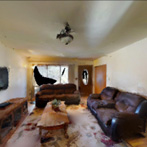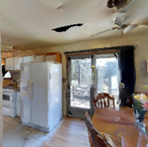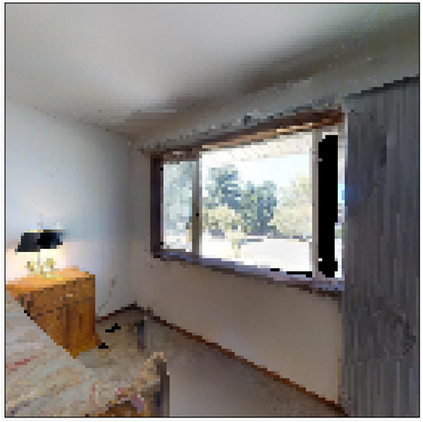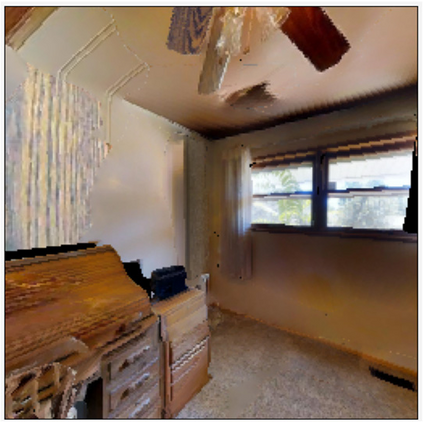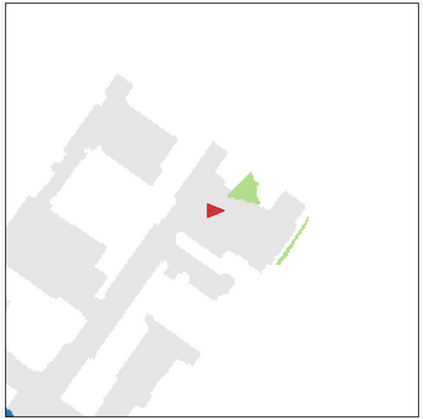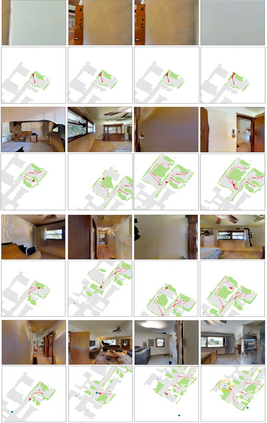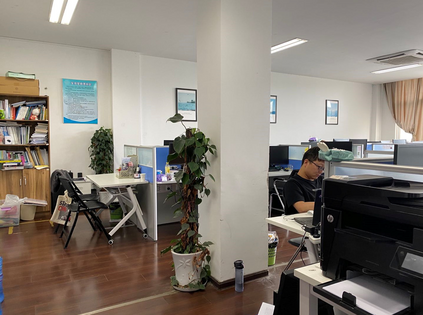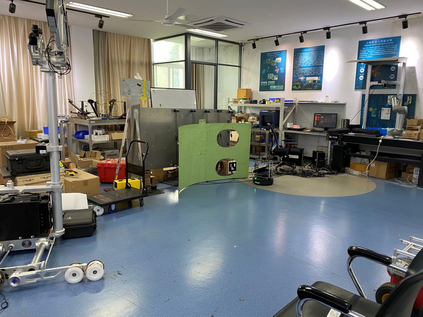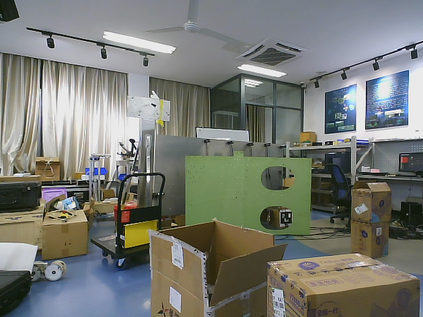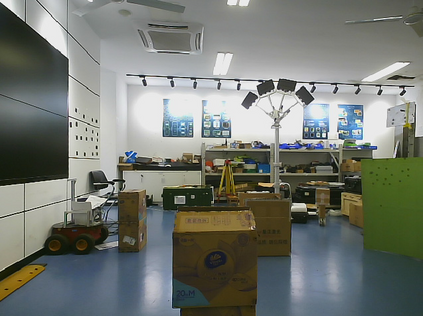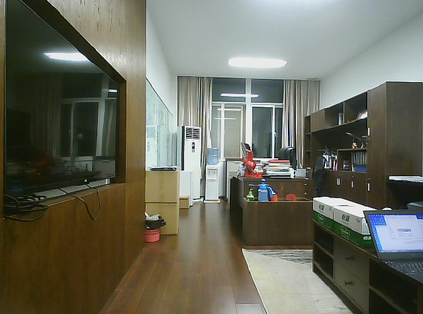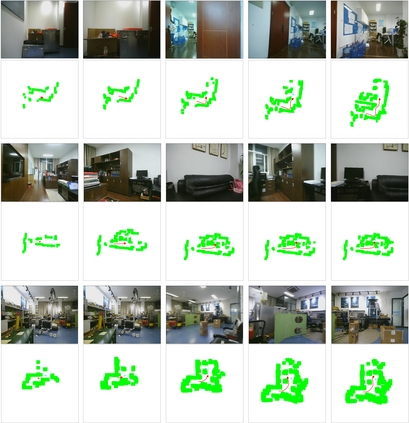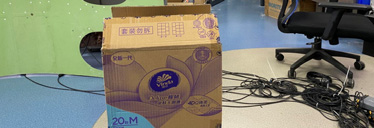This work studies the problem of image-goal navigation, which entails guiding robots with noisy sensors and controls through real crowded environments. Recent fruitful approaches rely on deep reinforcement learning and learn navigation policies in simulation environments that are much simpler in complexity than real environments. Directly transferring these trained policies to real environments can be extremely challenging or even dangerous. We tackle this problem with a hierarchical navigation method composed of four decoupled modules. The first module maintains an obstacle map during robot navigation. The second one predicts a long-term goal on the real-time map periodically. The third one plans collision-free command sets for navigating to long-term goals, while the final module stops the robot properly near the goal image. The four modules are developed separately to suit the image-goal navigation in real crowded scenarios. In addition, the hierarchical decomposition decouples the learning of navigation goal planning, collision avoidance and navigation ending prediction, which cuts down the search space during navigation training and helps improve the generalization to previously unseen real scenes. We evaluate the method in both a simulator and the real world with a mobile robot. The results show that our method outperforms several navigation baselines and can successfully achieve navigation tasks in these scenarios.
翻译:这项工作研究图像目标导航问题,这需要通过真正拥挤的环境来引导使用噪音传感器和控制器的机器人。最近富有成果的方法依赖于在比真实环境简单得多的模拟环境中深强化学习和学习导航政策,而模拟环境比真实环境复杂得多。直接将这些经过训练的政策转移到真实环境中可能是极具挑战性甚至危险的。我们用由四个分离模块组成的分级导航方法解决这个问题。第一个模块在机器人导航期间保持一个障碍图。第二个模块定期预测实时地图上的长期目标。第三个模块计划实现长期目标的无碰撞指令,而最后一个模块则在目标图像附近适当制止机器人。这四个模块是单独开发的,以适应真实拥挤情景下的图像目标导航。此外,等级分层分解将学习导航目标规划、避免碰撞和导航结束预测的方法分离出来,从而缩短了导航培训期间的搜索空间,帮助改进了对先前看不见的真实场景的概括性。我们用移动机器人对模拟器和真实世界的方法进行了评估。结果显示,我们的方法超越了几个导航基线,并成功地完成了这些导航任务。





